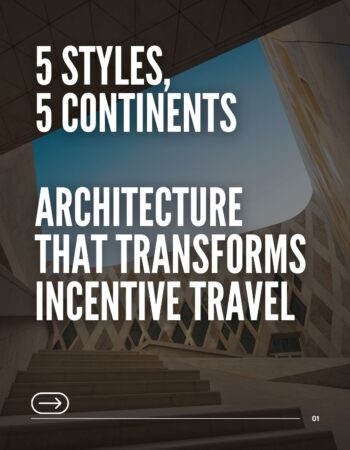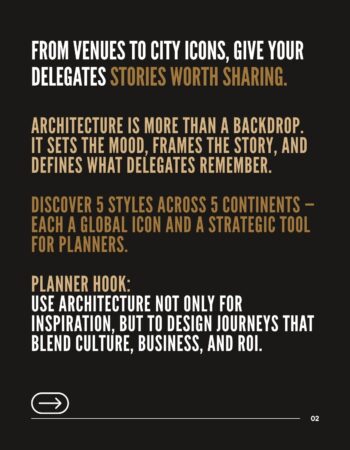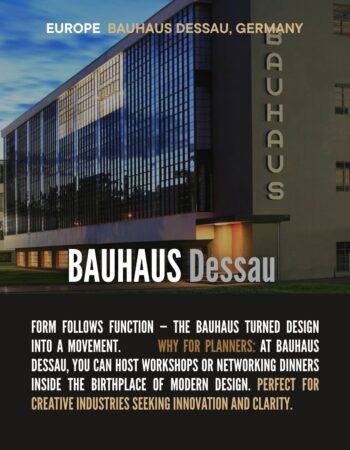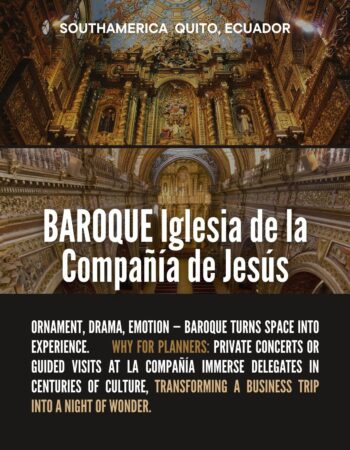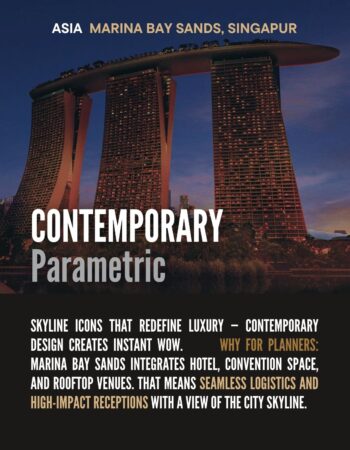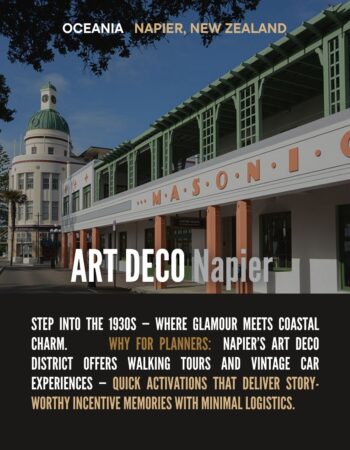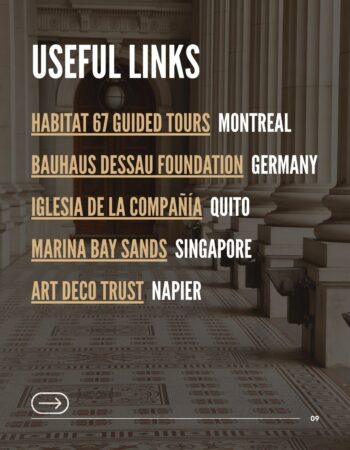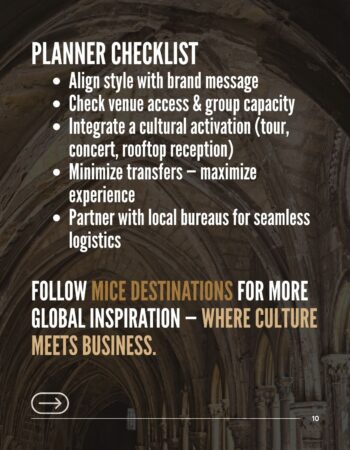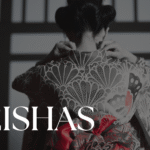
A bit of history
The MICHELIN Guide adventure began in 1900 with brothers André and Edouard Michelin, founders of the namesake tire company. Initially, the Guide included around 400 pages of practical, tourist, and advertising information. Crucially, the company distributed this publication free of charge to motorists. Their intention was simple: to help travelers and to promote what we now call mobility.
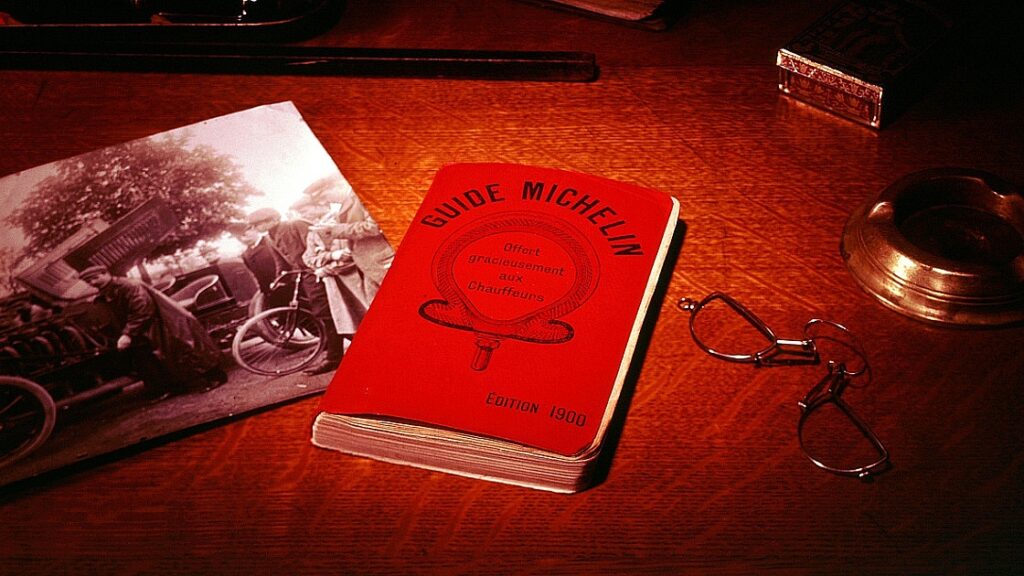
In the 1923 guide, the heading “Recommended Hotels and Restaurants” appeared. For the first time, the Guide featured independent restaurants. Recognizing the growing interest in this section, the Michelin brothers assembled a team of mystery diners now known as “inspectors” to visit and evaluate restaurants anonymously.
The Guide began rating restaurant quality with stars in 1926, initially awarding only one. However, five years later, Michelin introduced the permanent three-star hierarchy. Significantly, the meaning behind these stars remains virtually unchanged today.
Today, the MICHELIN Guide stands as a global benchmark in gastronomy. Michelin has earned this reputation through its ongoing commitment to readers and its rigorous, independently applied selection process around the world.
What is and means MICHELIN Star
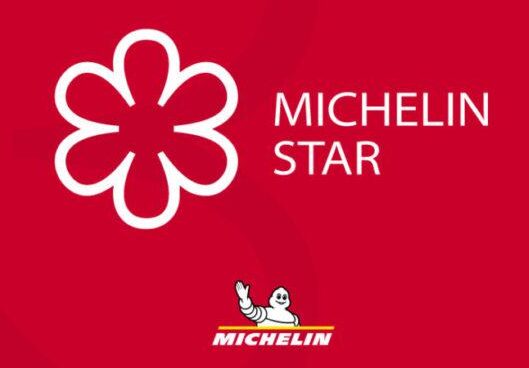
Any restaurant, of any style and type of cuisine, is eligible for the Stars.
To select restaurants for recognition, MICHELIN deploys a team of anonymous inspectors, men and women, who visit each restaurant multiple times, on different days and at various times.
They must be sure that everything that comes out of the kitchen meets, time and time again, a high standard of quality.
All the inspectors travel the world to eat in the countries where the MICHELIN Guide is currently published. This ensures that they all apply the same criteria to judge by the same benchmarks: a MICHELIN Star must mean the same thing and have the same value wherever in the world the restaurant is located.
Stars are not awarded to a specific chef, but to a restaurant as a whole: good cuisine is always the result of teamwork.
It is important to mention that the evaluation does not include the decoration or style of the restaurant. Consequently, you can find Star restaurants in all styles, for example including some Asian street food places.
Criteria for the assignment of MICHELIN Stars
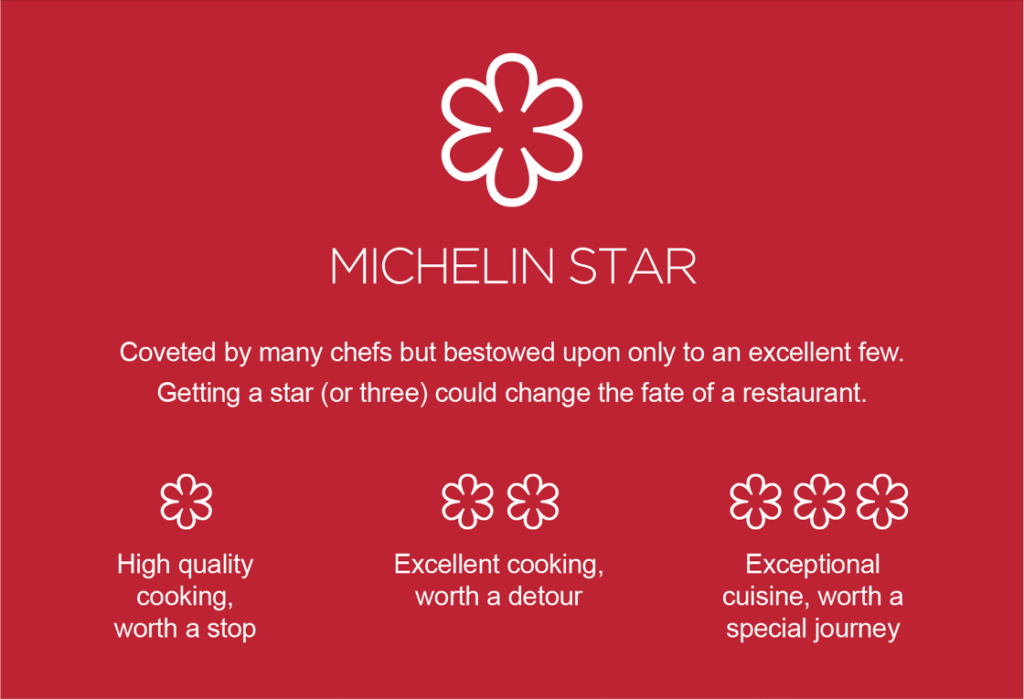
The MICHELIN Guide also awards 2 other prizes:


BIB Gourmand: This is the recognition of good value for money and highlights simple but skillful cuisine at an affordable price. In these restaurants, gourmets can enjoy very good cuisine at moderate prices. The Bib Gourmand restaurants are all in a price range between € and €, for exqample, they are in the categories “Without skimping” or “Treat yourself”.
The Green Star: This is the most recent award. The MICHELIN Guide France introduced it in 2020, and now the Guide includes it in all the countries it covers. It recognize restaurants that serve as role models for sustainable gastronomy.
Highlighting Your Incentive Program
For incentive events, the prestige of a MICHELIN restaurant automatically elevates the trip’s perceived value. Attendees view this dining experience as a significant, high-end reward. Therefore, booking such a venue clearly communicates the company’s commitment to quality and appreciation for its top performers. Ultimately, this culinary moment becomes a memorable centerpiece of the entire incentive journey.
The official MICHELIN Guide website offers curated recommendations for restaurants and hotels, helping planners design high impact travel experiences that leave a lasting impression. For incentive travel, few things match the prestige and refinement of world class gastronomy.

